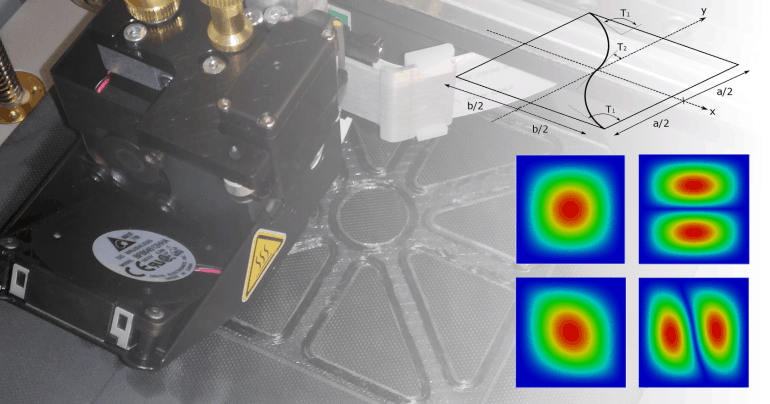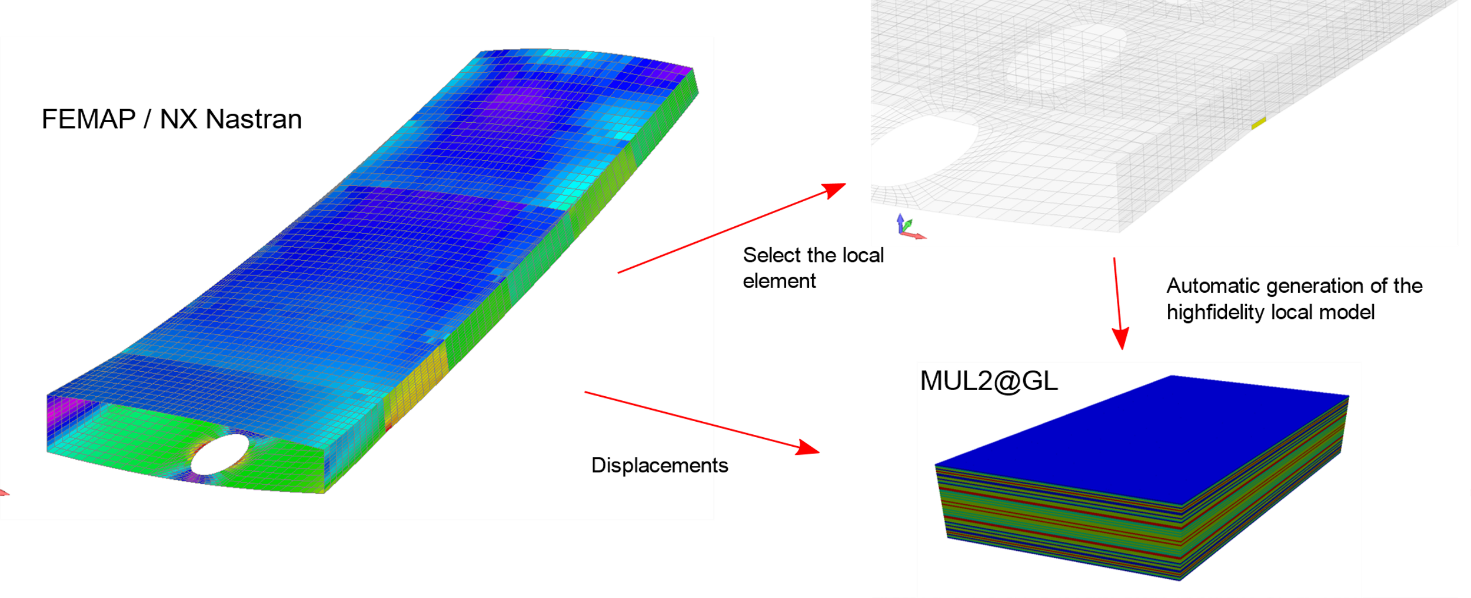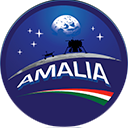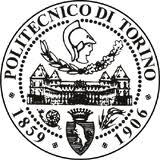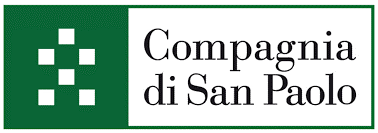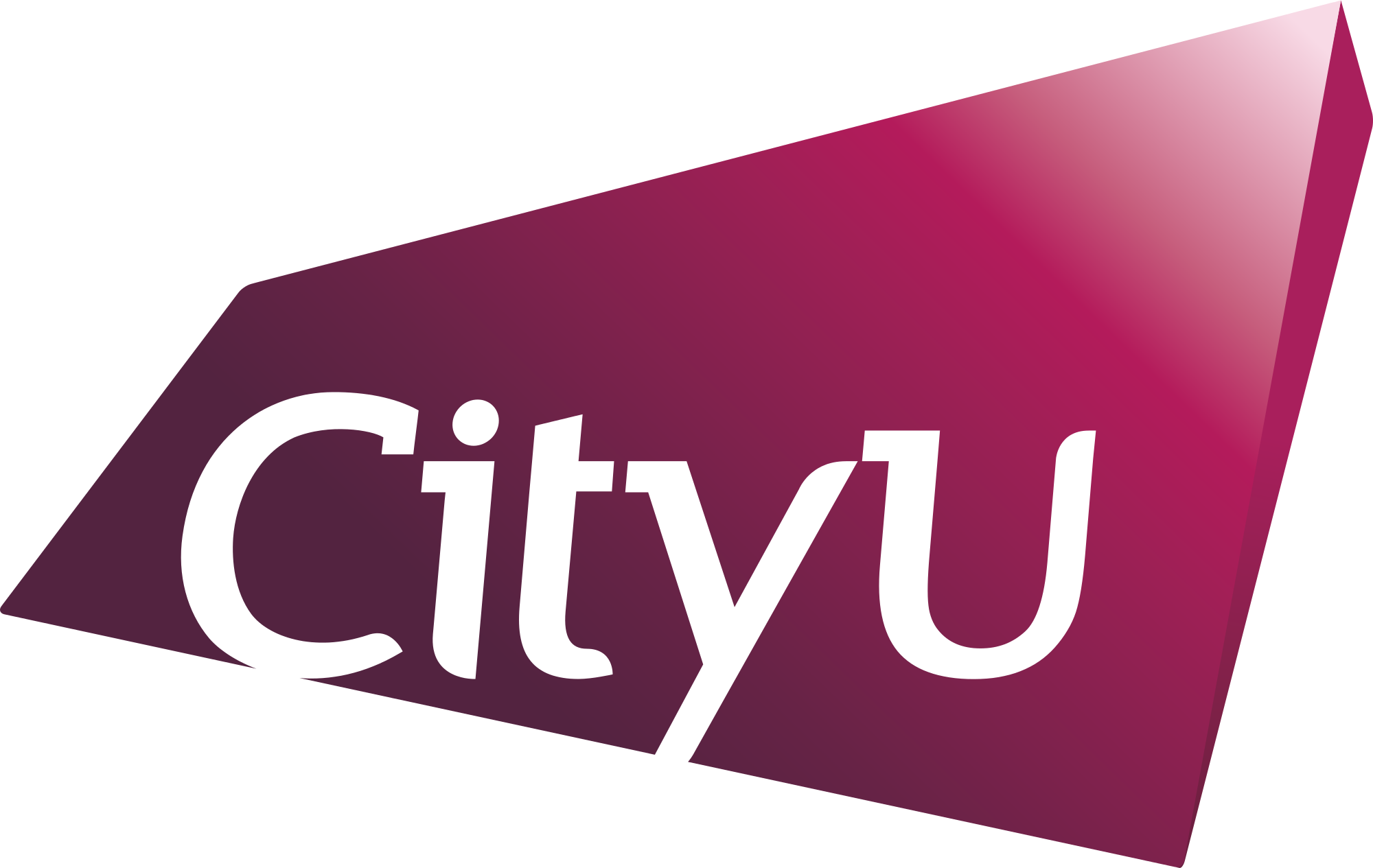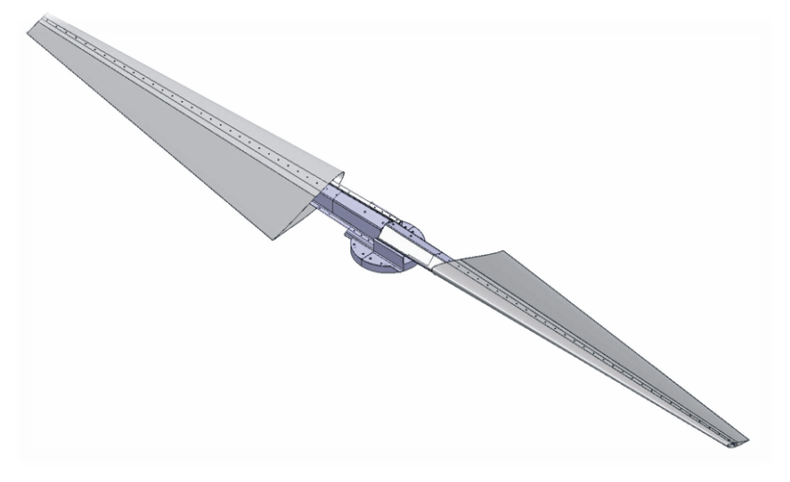Structure Mechanics and FEM
One- and two-dimensional structural theories are mathematical tools to reduce three-dimensional structural problems to computationally more efficient models. One of the approaches adopted to build 1D and 2D models relies on the use of expansions of the unknown variables over the cross-section and thickness of the structure, respectively. In a finite element scenario, such an expansion defines the nodal degrees of freedom of the model. The Carrera Unified Formulation (CUF) is a methodology acting at the structural theory and governing equation level and generating any structural model with a compact formalism. For instance, in the case of the 3D governing equations of elasticity, only two CUF expressions are necessary to obtain the entire set of equations and related finite element matrices. Furthermore, CUF can handle all the main modeling approaches to model structures, e.g., the equivalent single layer and layer-wise approach for composites, and it has introduced original alternatives such as the node-dependent-kinematics (NDK) method. CUF can serve as a tool to evaluate the performance of structural theories via the generation of best theory diagrams; moreover, the proper coupling of CUF and machine learning tools can serve as an aid to develop efficient finite element models.
MUL2 is entirely based on CUF at the structural theory level. Over the years, several modeling capabilities have been implemented for beam, plate, and finite shell elements. Concerning composites and multifield problems, the most relevant ones are the layer-wise approach and the Reissner Mixed Variational Theorem (RMVT). The component-wise approach is available to model any structural parts at all scales and handle the entire test pyramid of metallic and composite structures. One of the unique capabilities of MUL2 is the NDK allowing the choice of the structural theory at the nodal level, i.e., the simultaneous use of different structural theories in the same FE model. Such capabilities can enhance the results from commercial codes via plug-ins available in the software are of this website.
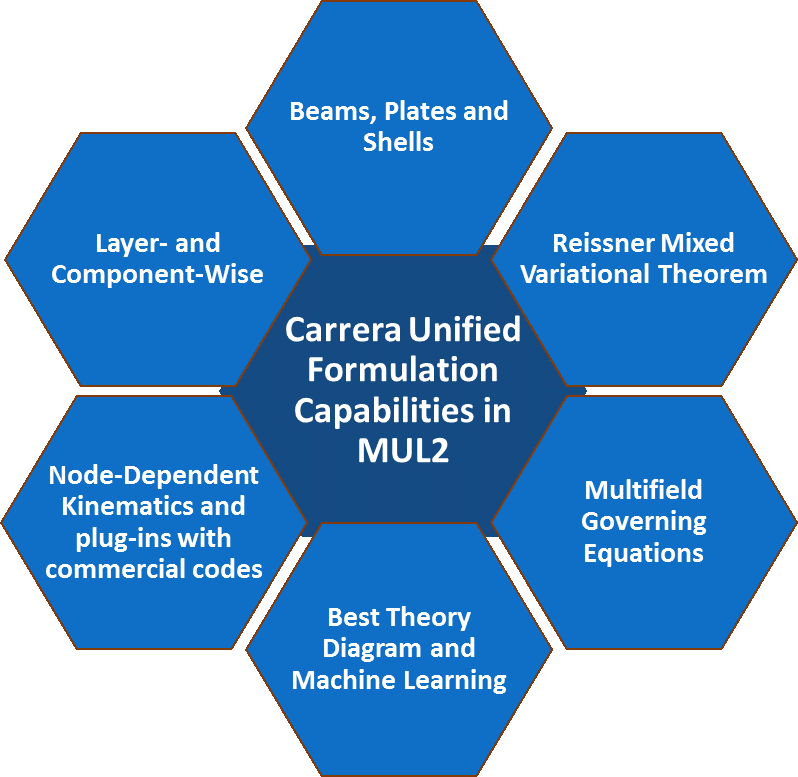
MUL2 Investigators
Erasmo Carrera, Maria Cinefra, Matteo Filippi, Guohong Li, Alfonso Pagani, Marco Petrolo, Enrico Zappino, Manish Hassan Nagaraj, Riccardo Augello, Nasim Fallahi, Rodolfo Azzara, Maria Pia Lionetti, Michele Delicata, Daniel Giusa
